Filled to the brim with imagination, Studio Ponoc's The Imaginary is a colorful, sweet, and earnest look at traversing loss, grief, and growing up.
The Imaginary Movie Review
Six years after their first feature film, Mary and the Witches, Studio Ponoc is back with another. Founded in 2015 by former Studio Ghibli producer Yoshiaki Nishimura, Ponoc is the home of various Ghibli alumni including Yoshiyuki Momose, The Imaginary's director. Momose brings his experience working as a key animator on classics like Spirited Away and Porco Rosso to bring this story of imaginary friends to life.
Based on the 2015 book from writer A.F. Harrold and artist Emily Gravett, The Imaginary imagines what happens when imaginary friends lose their person. Although billed as a movie for children, it doesn't shy away from the darker side of its story–facing grief and what it means to be forgotten. Rather it embraces it, much like The Neverending Story or The Lion, The Witch, and the Wardrobe. This fantastical world allows children a safe space to confront their fears and work out ways to persevere through the hard times. It's both light and dark, much like our own world, with an emphasis on the light aka the abundance of love that can be found.
The Imaginary centers around the young Amanda Shuffleup (Evie Kiszel) and her imaginary friend Rudger (Louie Rudge-Buchanan) who play together all the time in all the whimsical worlds that Amanda creates in her mind. Everything seems happy, perfect really, until it's revealed Rudger was born after the sudden death of Amanda's father. Amanda appears to be adjusted to their new situation but her reckless behavior with Rudger adds stress on her mother Lizzie (Hayley Atwell), who is clearly still dealing with the loss in her own way. Lizzie can't see Rudger, no adults can, no adults that is except for Mr. Bunting (Jeremy Swift), a creepy, bespectacled man who has a nose (and taste) for imaginaries. He literally sucks them up like a smoothie effectively absorbing them and living forever. After they are separated, Rudger must team up with other imaginaries to escape Bunting and find Amanda.
This isn't the first film about imaginary friends, not even the first one this year. However, each one approaches the concept in their own way. IF's moral centered around the fact that everyone could use a friend, no matter their age. Ponoc's film, on the surface, acts as a more fleshed-out version of what happens to forgotten friends (think Inside Out's Bing Bong), but it's also more terrifying than them just turning into dust. Mr. Bunting is a proper villain, devoid of any redeeming qualities, someone who would be right at home with Judge Doom in Who Framed Roger Rabbit. Not only does he stroll along, sniffing out imaginaries and inhaling them through his mouth, but he has an equally disturbing accomplice. She's his imaginary friend but make no mistake there is nothing quirky and lovable about her. She's drawn like a Spirited Away version of Sadako from The Ring and yes she is the stuff of nightmares.
As mentioned above, there is nothing wrong with a little terror. Besides if this drives home the point of stranger danger then I call that a win-win. The same attention to detail that makes these villains truly chilling is the same that makes the entire film leap off the screen. By using gorgeous 2D animation (thank you), this anime film shows off the magic of imagination in a way that can only be captured by a team of some serious talent. Studio Ponoc collaborated with French creators at Les Films du Poisson Rouge to create textures and imagery unlike anything we've seen in hand-drawn animation. The shading and lighting amplifies the action on the screen in both obvious and subtle ways. Whether the characters are happy, sad, or fleeing in terror, the objects and environments around them support the narrative.
It's a visual marvel, with designs that resemble Gravett’s original illustrations from the book with clear traditional Ghibli styling. The real-world backgrounds are beautifully crafted while the imaginary ones are wonderfully rendered, lending a sense of awe to each frame. The imaginaries themselves are full of charm and it's easy to see why a child would create them to be their best friend. As amazing as the world and the character designs are, the film would fall flat without a solid story that balances the tender with the extraordinary.
Momose allows the story time to breathe and the characters room to grow. Amanda and her mother's relationship is relatable, especially for those who have dealt with a loss such as theirs. As is Amanda's desire to run away into a world she created. Don't we all wish we could do that? Meanwhile Rudger ponders what it means to exist and how it might feel to be forgotten by those that you care for. These are all heavy emotions but are dealt with in a tender and earnest manner to help children (and let's be honest the adults watching too) navigate those tough waters.
VERDICT
Ultimately, The Imaginary weaves together a visually magical tale that is as sweet and whimsical as it is tender and thoughtful. With a solid story and wonderful performances by its voice cast (I dare any millennial not to tear up during LeVar Burton's moments), Studio Ponoc has delivered something special for families. And like any good children's film, it holds out a hand to its young viewers, giving them the support and space they need to process life's biggest mysteries.
The Imaginary comes to Netflix on July 5. It is rated PG for scary images, peril, thematic elements and some violence with a runtime of 1 hour 45 minutes.
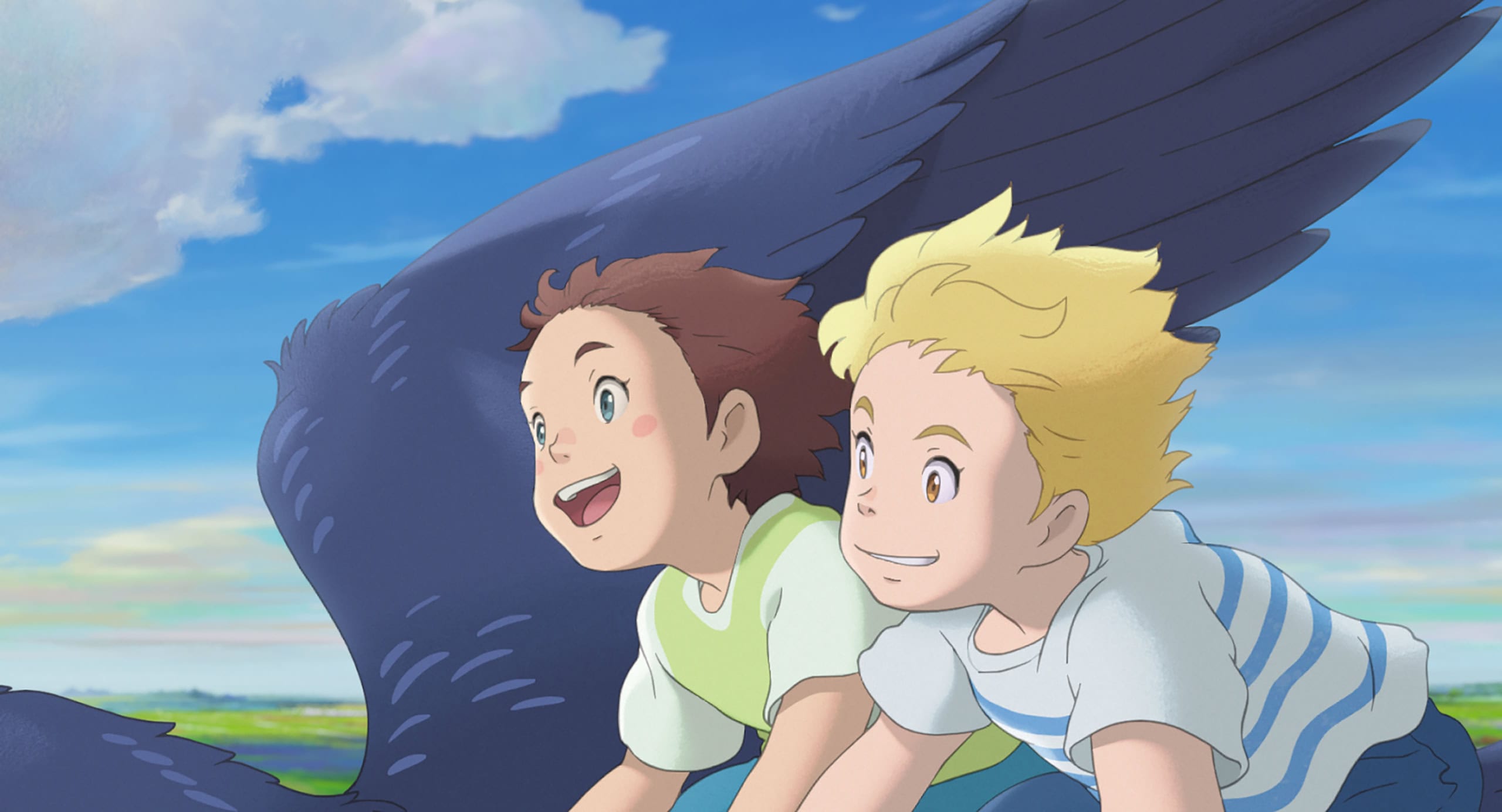
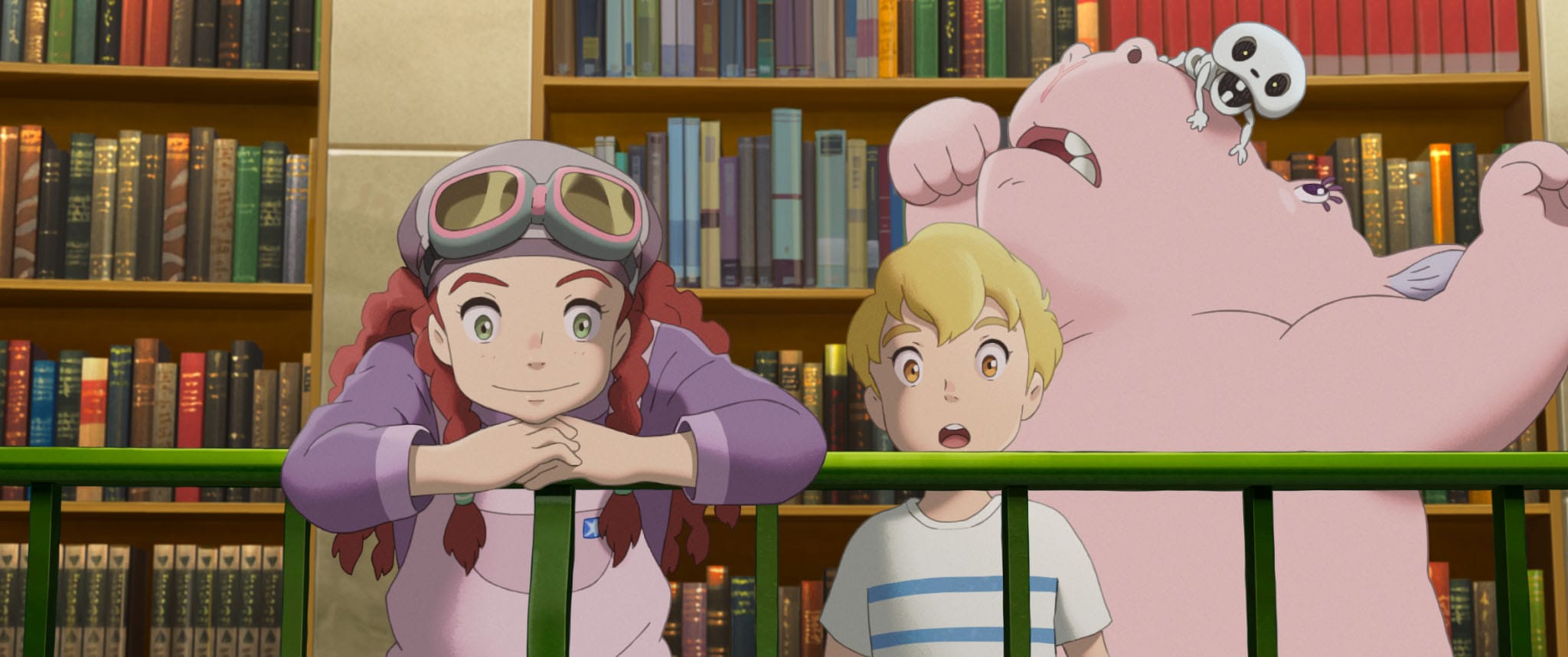

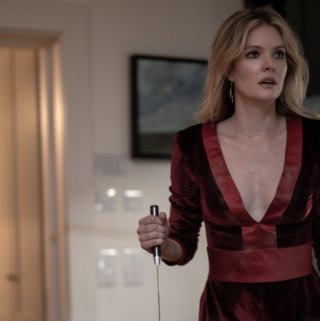

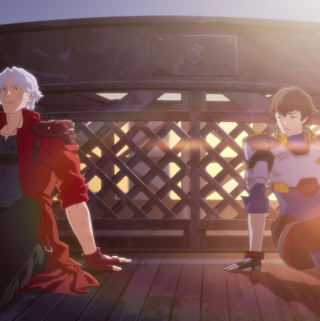

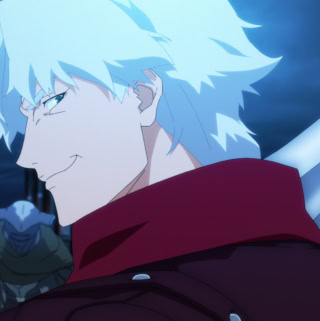

Leave a Reply